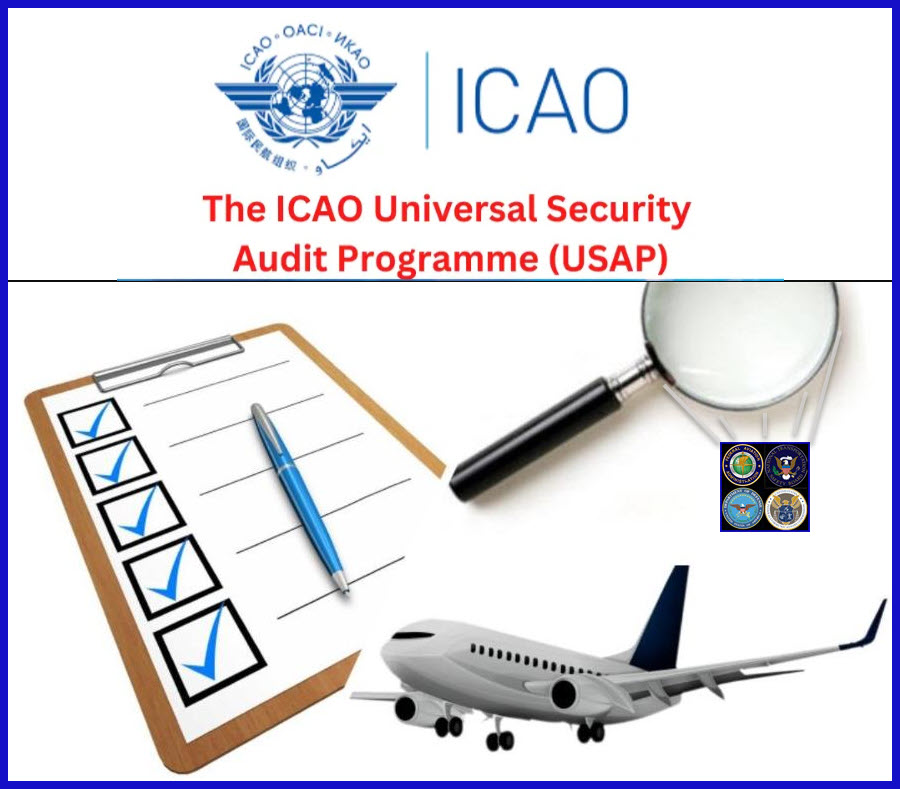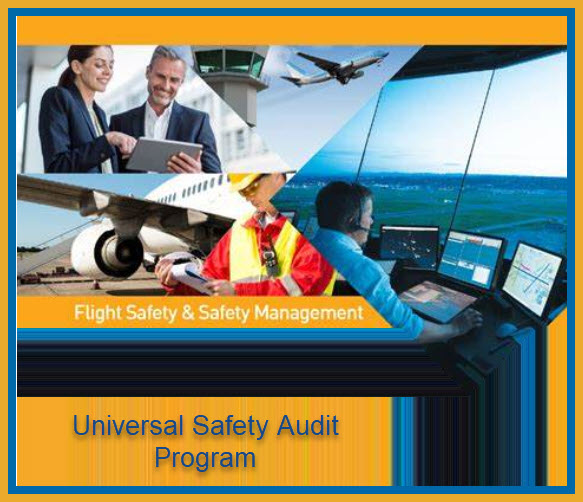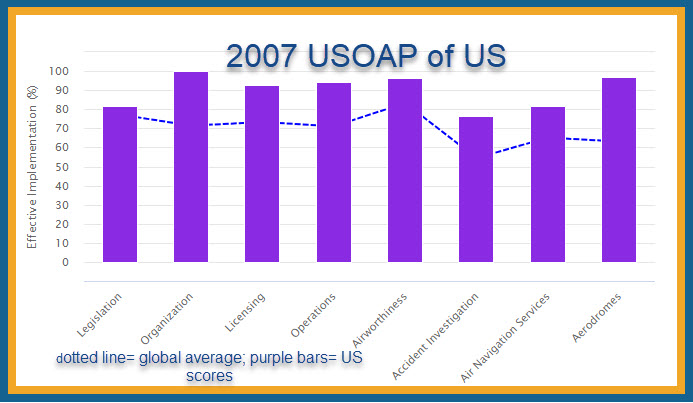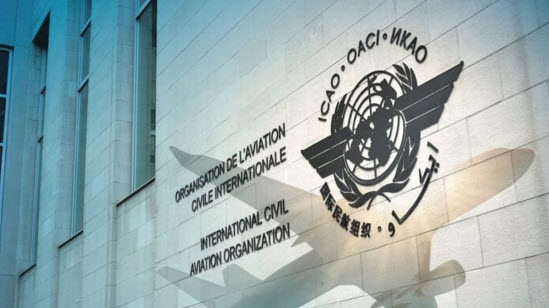ICAO is coming to audit the FAA- what does that mean?

The International Civil Aviation Organization (ICAO), founded in 1948 at an international meeting in Chicago, is a UN special agency. Its mission is to adopt standards and recommended practices concerning air navigation, its infrastructure, flight inspection, prevention of unlawful interference, and facilitation of border-crossing procedures for international civil aviation. Its standards are developed through a thorough and deliberate processes by its staff and its 193 MEMBER STATES. These global aviation standards that apply to the “National Aviation Authorities” (NAA) in their administration and regulation of aviation safety

In January, 1999 ICAO started its Universal Safety Oversight Audit Programme (USOAP). The diplomatically worded objective states that these audits are to promote aviation safety through the auditing of ICAO Member States. That is ICAO professional staff experts visit the NAA of one countries that sit in the ICAO assembly and pass judgment on their performance in these eight aspects of their work :
- Legislation
- Organization
- Licensing
- Operations
- Airworthiness
- Accident Investigation
- Air Navigation
- Aerodromes
Each examination results in an Effective Implementation’ (EI) score for each criteria. ICAO points out “A SIGNIFICANT SAFETY CONCERN (SSC) does not necessarily indicate a particular safety deficiency in the air navigation service providers, airlines (air operators), aircraft or aerodrome; but, RATHER, indicates that the State is not providing sufficient safety oversight to ensure the effective implementation of applicable ICAO Standards.”

For example, here are the results of ICAO’s last review of the FAA—

The team’s work cards for these audits encompasses these steps:
• A CMA AUDIT is an on-site activity in which an ICAO team visits a State to conduct a systematic and objective assessment of the State’s safety oversight system, using a set of Protocol Questions for each selected audit area and recommends the issuance of any new findings to address identified deficiencies in the State’s safety oversight system.
• An ICVM is an on-site activity in which an ICAO team of subject matter experts visits a State to collect and assess evidence provided by the State to demonstrate that it had implemented corrective actions to address previously identified findings and/or deficiencies. The evidence collected are reviewed and validated at ICAO Headquarters.
• During an off-site validation activity, an ICAO team of subject matter experts assesses corrective actions implemented by a State to address previously identified findings related to PQs and which do not require an on-site activity
The identification of an SSC initiates the validation activity and prompt resolution of them is required.
This “programme” was established because some nations were regarded as safety risk. The FAA’s International Aviation Safety Assessment[1] serves the same function (EASA exercises oversight more indirectly). Over the years of the US’s audits it has found a number of NAAs to be insufficient in their duties.[2] These peer-to-peer reviews by the FAA have been raised to high diplomatic levels—India’s resurrection to Category 1 when the US President visited Delhi.
Although it has been speculated that the audit is in response to the recent aviation headlines, only the US and three other countries have audit years as old as 2007. Our neighbors to the North, i.e. Transport Canada, received scores below the global average, a level which it shares with Argentina, Greece, Malaysia and Tajikistan.

This grade suggests that auditors are willing to give a
State of chief importance in air transport (the highest status of the 36 Member ICOA Council) a poor grade.
The ICAO list of federal agencies, FAA, NTSB, DOD and FCC, suggest that the auditors are aware of the 5G mess and other problems. Oddly enough, having been through an IASA experience, the absence of the DOT and Congress from their subjects suggests that their research may have missed some recent issues. In any event, the results will not be released until December so any political repercussions may be avoided. The FAA has been and currently there are references to it BEING THE GOLD STANDARD. A low USOAP grade may tarnish this sobriquet.

XXXXXXXXXXXXXXXXXXXXXXXXXXXXXXXXXX
ICAO Launches Probe Of U.S. Aviation Safety Infrastructure

The FAA reported yesterday (July 9) that the International Civil Aviation Organization (ICAO) is initiating an audit of the U.S. civil aviation oversight system. According to a report by Reuters, the probe marks the first time ICAO has called for such a probe since 2007.
The two-week audit will involve 12 auditors from 10 countries and begin this week. The results are expected to be released in January. THE FAA, NATIONAL TRANSPORTATION SAFETY BOARD (NTSB), THE U.S. DEPARTMENT OF DEFENSE AND THE FEDERAL COMMUNICATIONS COMMISSION (FCC) will be under the microscope, along with other agencies involved in aviation matters in the U.S.
According to the Reuters report, 790 questions will examine EIGHT SEPARATE AREAS OF CIVIL AVIATION LEGISLATION, REGULATION, ACCIDENT HISTORY, INCIDENT INVESTIGATION AND AIR NAVIGATION SYSTEMS. A positive score in the audit would enable the U.S. aviation infrastructure to “demonstrate leadership in meeting robust aviation safety standards and to encourage nations around the world to do the same,” according to the FAA.
The Reuters report cites FAA struggles with shortages of air traffic controllers that have contributed to a series of near-collisions—some blamed on controller error. It cites a staffing shortfall of 3,000 controllers causing mandatory overtime and six-day work weeks to meet coverage.
[1] IASA was established in 1992. It was created in response to a five-part Newsday series highlighting the poor safety record of some foreign airlines, which appeared in December 1990.
[2] Five countries are currently listed as Category 2, freezing their rights to fly to the US. Up until recently Mexico was Category 2.
XXXXXXXXXXXXXX
The UK has problems with FAA—https://www.newsweek.com/boeing-faa-767-plane-accident-engine-failure-update-1927118